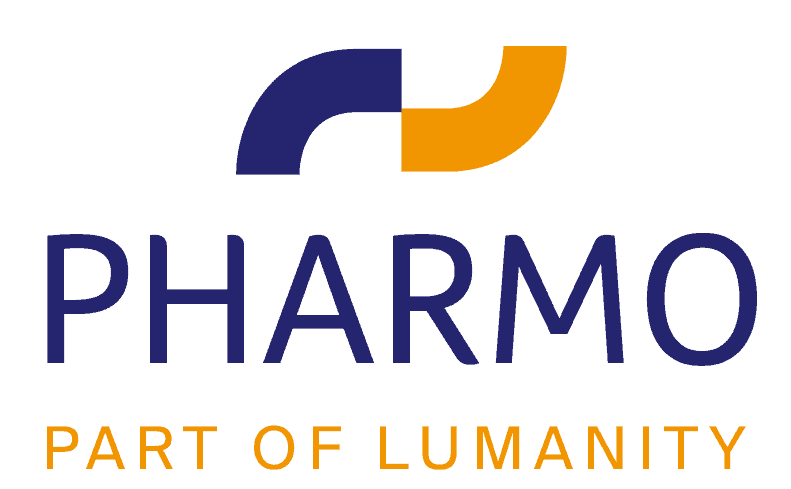OBJECTIVE: Psychosis is a common complication of the drug treatment of Parkinson’s disease (PD). Treatment of this complication is difficult as most antipsychotic drugs worsen motor symptoms of PD. Only the atypical antipsychotic clozapine improvespsychosis without worsening of parkinsonism. The aim of the present study was to assess the rate of initiation of antipsychotic treatment in patients with PD compared with controls. The quality of pharmacotherapy was determined by assessing which antipsychotic drugs were initiated.METHODS: Data came from the PHARMO database, which includes drug-dispensing information for all residents of six Dutch cities. Selected were all persons aged 55 years and older who used levodopa for at least 180 days and who started antiparkinsonian drugs at least 180 days after entry into PHARMO. These patients were matched to at most three controls for age, gender, pharmacy and time of use. The association between rate of initiation of antipsychotic drug treatment and PD was determined using the Cox proportional hazards model.RESULTS: The study included 271 patients with PD and 748 controls. During follow-up, 38 patients and 25 controls started taking an antipsychotic drug; relative risk was 3.9 (95% confidence interval 2.3, 6.4). Six patients with PD received an atypical agent (16%). Clozapine was given to five patients with PD. No control used clozapine. Haloperidol was most frequently prescribed to the patients (29%) and the controls (36%).CONCLUSION: Patients with PDbegan taking antipsychotic drugs almost four times more frequently than controls. The quality of pharmacotherapy can be improved by prescribing atypical antipsychotic drugs to patients with PD.
